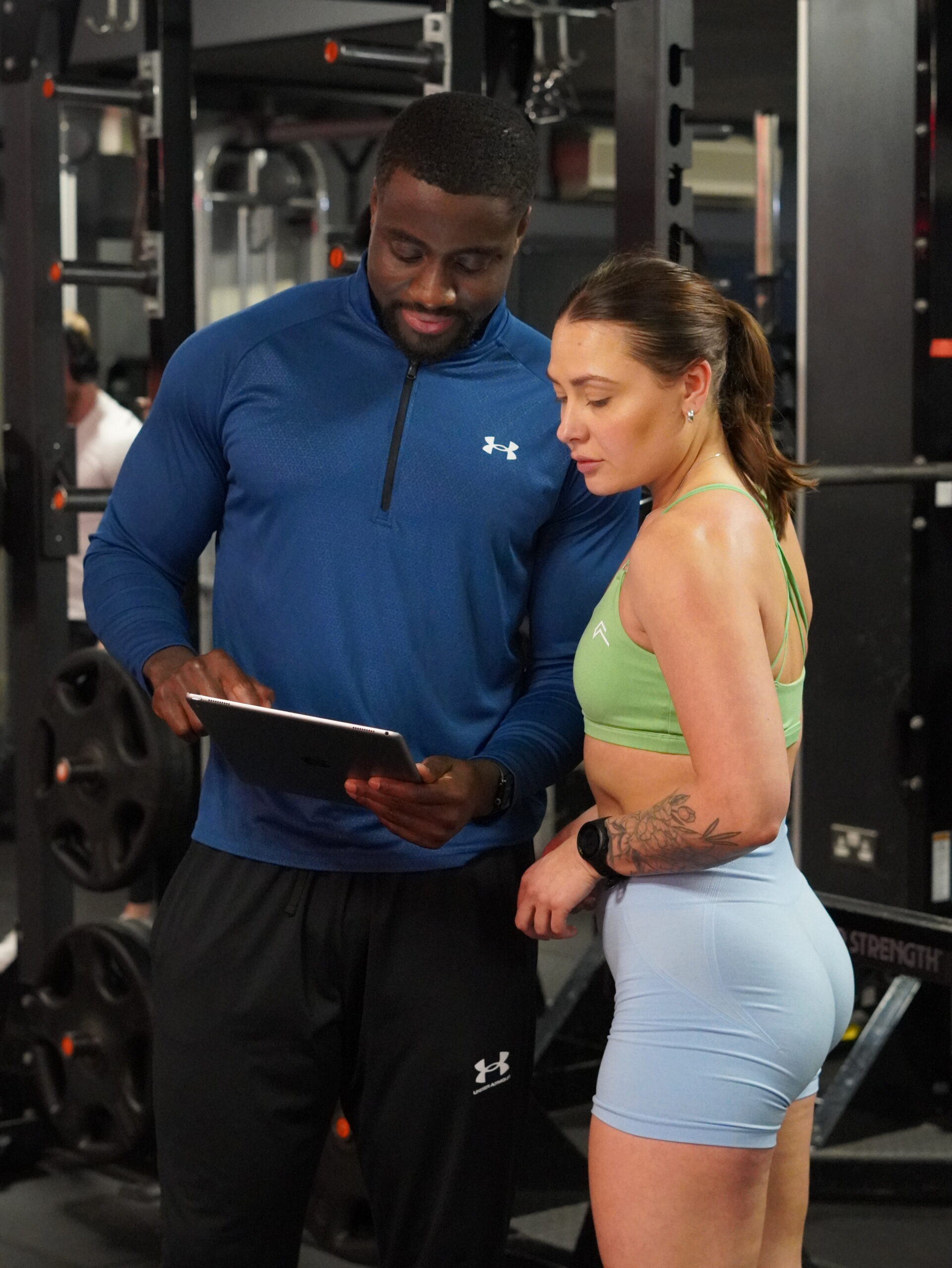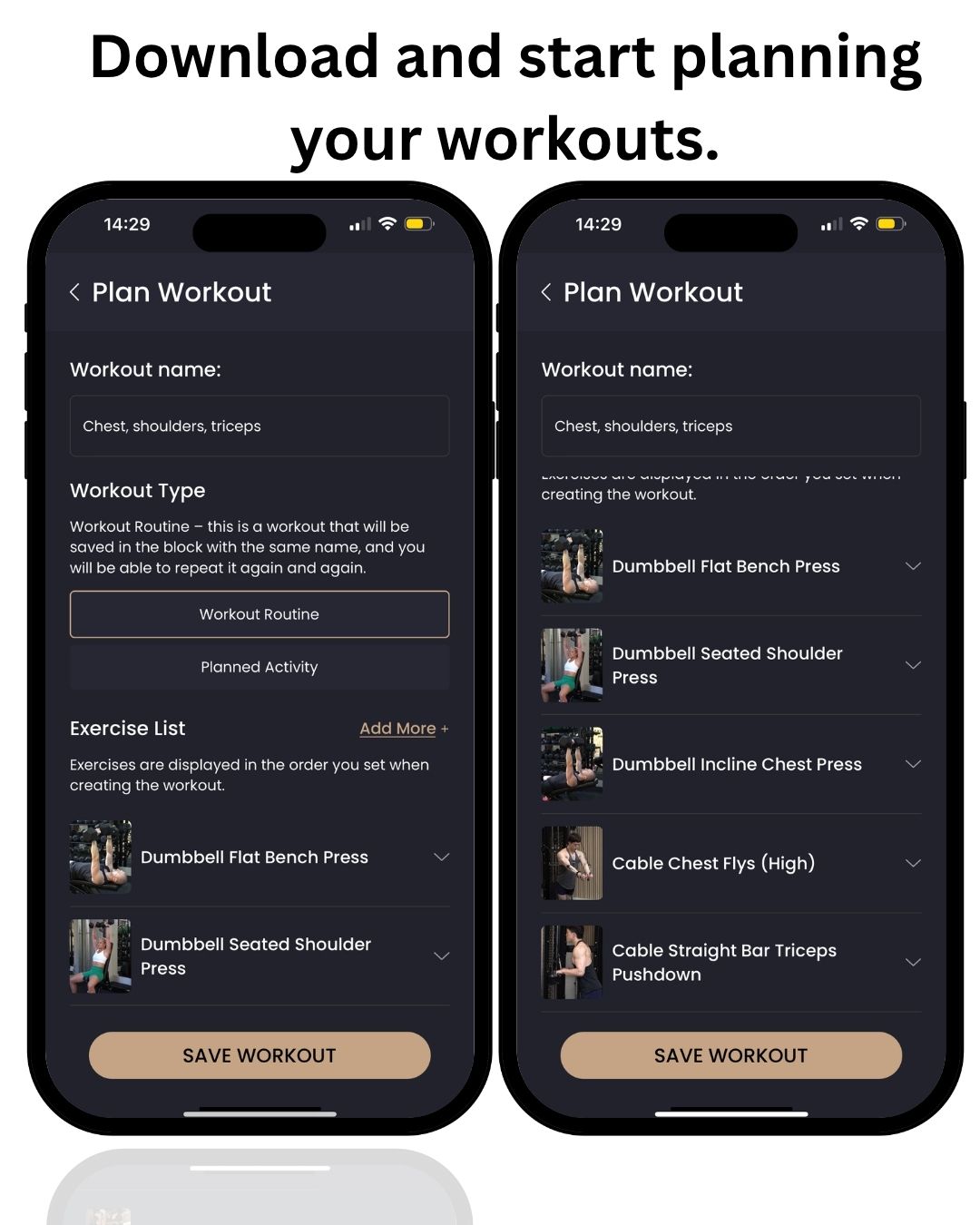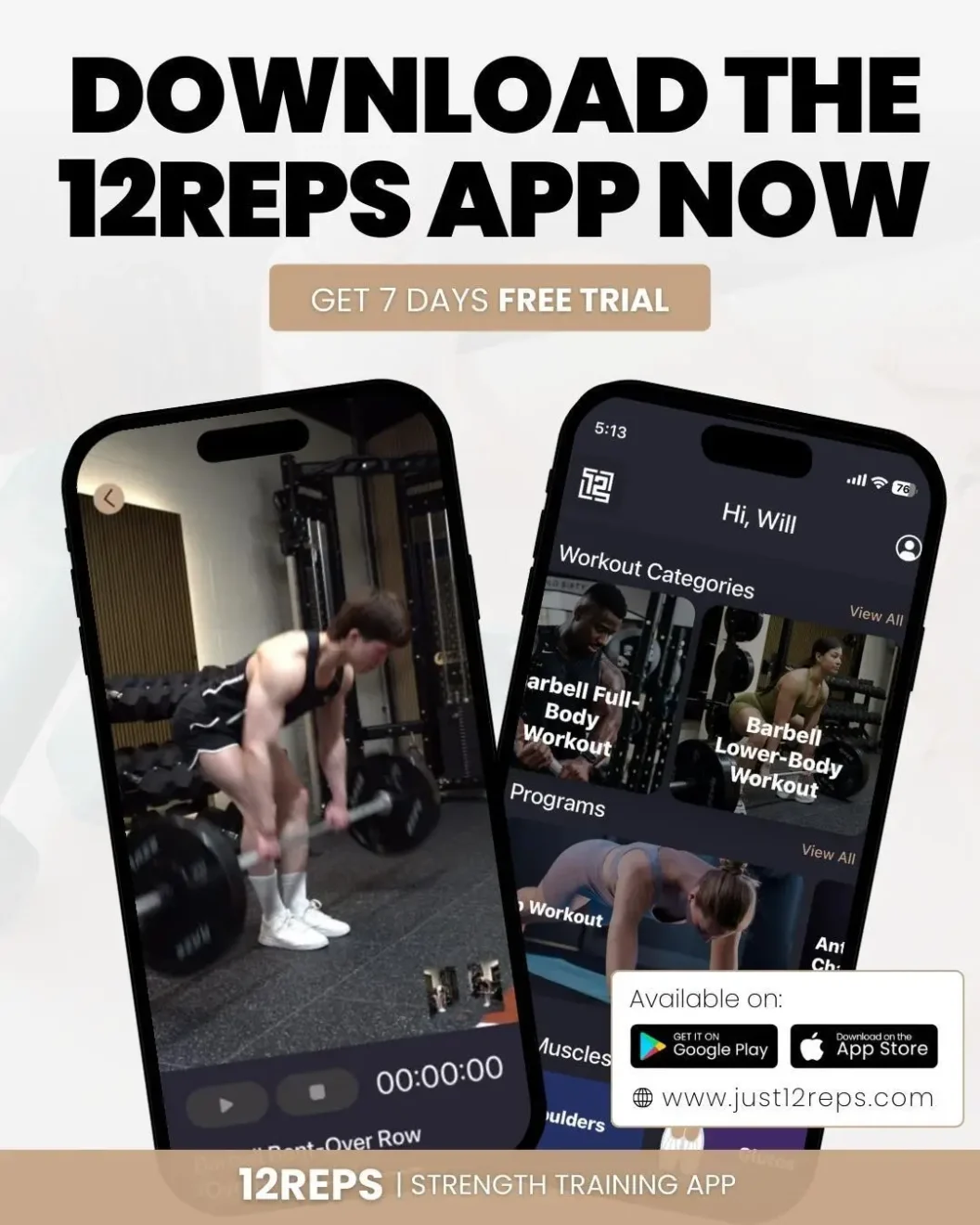By Will Duru, BSc (Hons) Sport and Exercise Science, Award-winning Personal Trainer
Over the last decade, I’ve had the privilege of helping thousands of people transform their bodies and, more importantly, their self-perception. In all that time, I’ve noticed a common, critical mistake that holds people back from achieving a truly strong and aesthetic physique: they neglect their back.
We live in a world of mirrors. We train the muscles we can see: the chest, the arms, the abs. But the true source of functional power, commanding posture, and a head-turning silhouette is built behind you. Your back is the posterior powerhouse that dictates how you stand, how you move, and how you carry yourself through the world. A strong back isn’t just a collection of muscles; it’s a statement.
This article is my definitive guide to building that statement piece. I’m going to share the exact back workout I use to forge powerful, sculpted backs on my clients. We’ll dive deep into why back training is the secret to unlocking a new level of confidence, why women in particular should embrace it, and how you can perform this workout whether you’re in a fully-stocked commercial gym or a hotel gym on the go. And, of course, we’ll make sure every ounce of your effort is tracked and managed for maximum results using the 12Reps app.
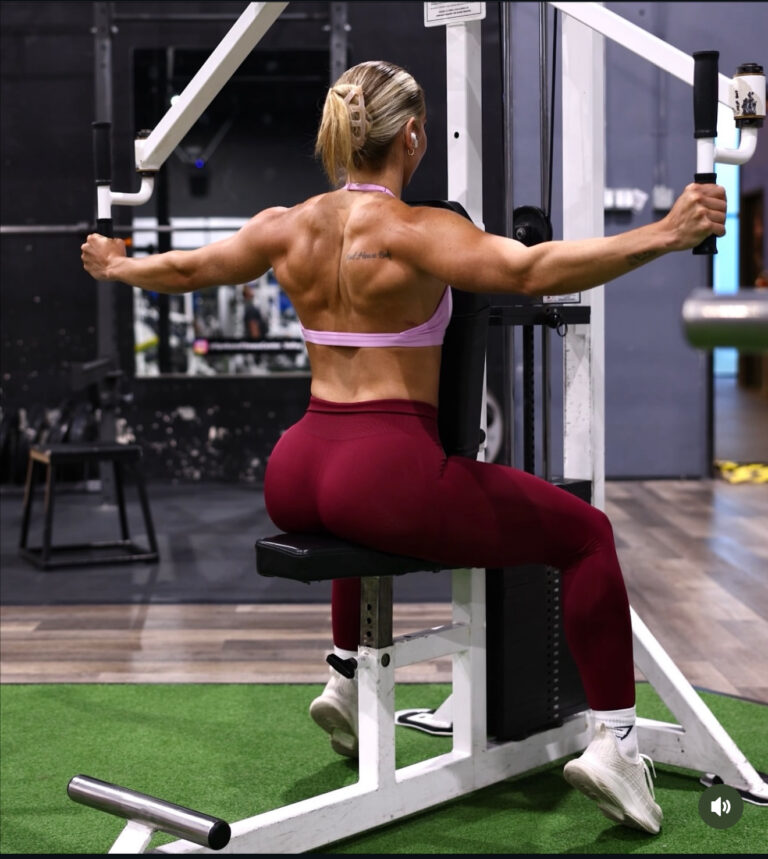
Stand Tall: How a Strong Back Builds Unshakeable Confidence
Before we even lift a weight, let’s talk about posture. In our modern, screen-focused lives, we spend hours a day hunched over desks, phones, and laptops. This leads to a condition I see daily: a rounded upper back, internally rotated shoulders, and a forward head position. This isn’t just a cosmetic issue; it’s a posture of submission. It physically closes off your body and can project a lack of confidence.
A strong back is the direct antidote. By strengthening the muscles of your upper and mid-back, your rhomboids, trapezius, and rear deltoids, you create a powerful counter-force that pulls your shoulders back and down, lifts your chest, and naturally aligns your spine. This is the foundation of a dominant, confident posture. Studies in social psychology have shown a clear link between an expansive, upright posture and feelings of power and self-assurance [1]. Training your back isn’t just a physical act; it’s a psychological upgrade.
A Message for Women: Build Your Back, Own the Room
Let me address one of the most persistent and damaging myths in fitness: the fear that lifting weights, especially for the back, will make women look \”bulky.\” This is fundamentally untrue. Women simply do not have the hormonal profile to build large, bulky muscles by accident. Building your back will create one of the most sought-after aesthetic features: the V-taper.
By developing your latissimus dorsi (your \”lats\”), you create width in your upper body. This has the stunning effect of making your waist appear smaller by comparison, enhancing an hourglass silhouette. It’s the secret to a powerful and elegant physique. A strong, toned back is what allows you to wear a backless dress or a simple tank top with unparalleled confidence. It’s a symbol of strength, discipline, and self-respect. It says you are not afraid to be powerful.
So, to all the women reading this: do not be afraid of the pull-up bar or the dumbbell rack. Training your back is one of the most empowering things you can do in the gym. It will not make you bulky; it will make you strong, confident, and absolutely magnetic.
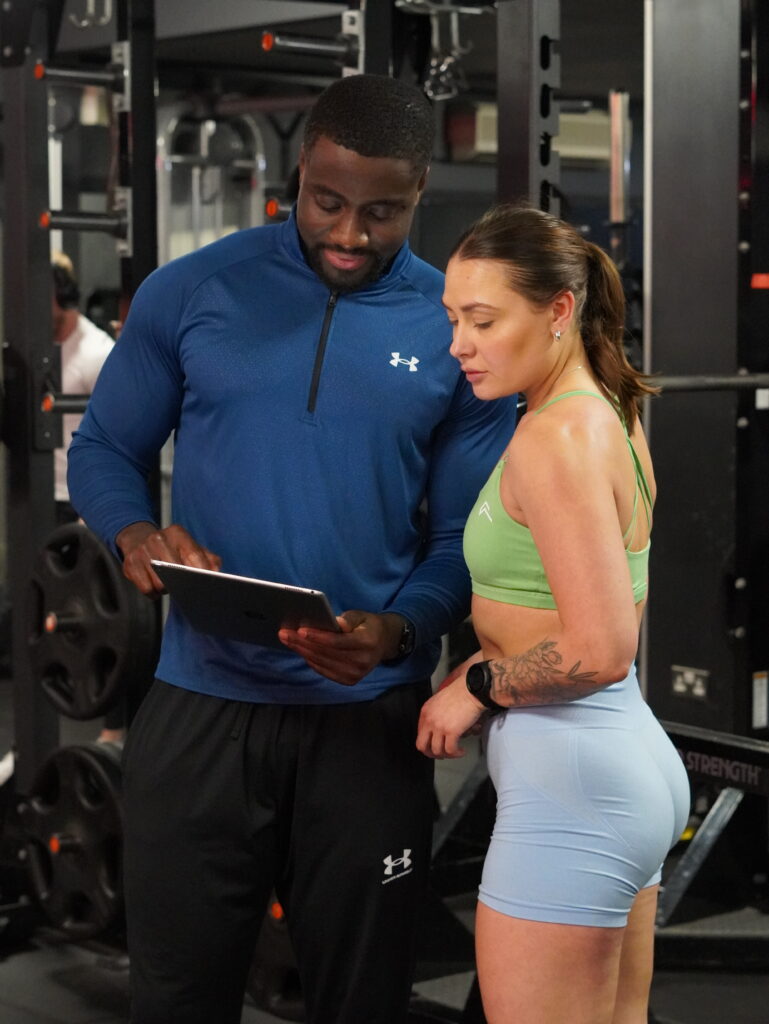
The "Sexy Back" Workout Blueprint
This workout is designed to build a complete back, targeting the lats for width, the rhomboids and traps for thickness and posture, and the rear delts for that capped, 3D look. It’s a blend of heavy compound movements and targeted isolation work.
For beginners, I recommend performing this workout once or twice a week. The key to seeing results is consistency and progressive overload, gradually increasing the weight or reps over time. This is why tracking your workouts is non-negotiable. I have all my clients use the 12Reps app to log every detail. You can download it and start a free trial to take the guesswork out of your training and ensure you’re always moving forward.
Here’s the plan:
|
Exercise |
Sets |
Reps |
Rest Period |
|
Barbell Bent Over Row |
4 |
10 |
90 seconds |
|
Kettlebell Gorilla Row |
4 |
12 (6 per side) |
60 seconds |
|
Dumbbell Reverse Flys |
3 |
15 |
60 seconds |
|
Dumbbell Single Arm Row |
4 |
12 (per arm) |
60 seconds |
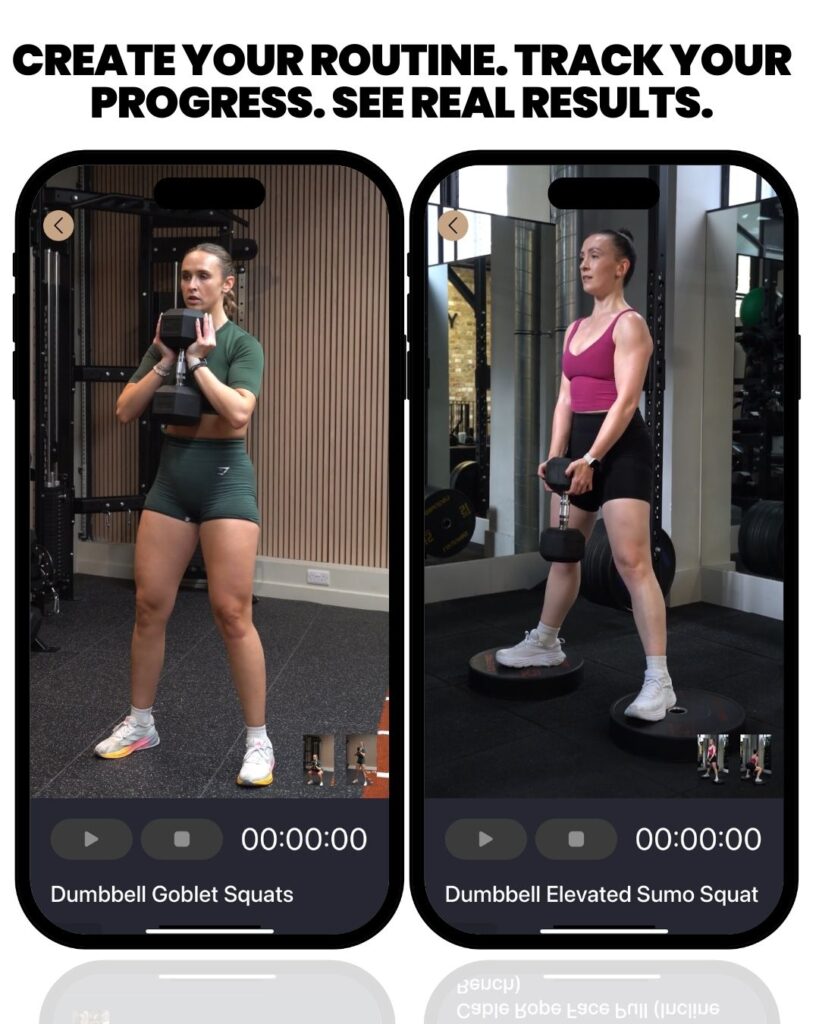
Exercise Instructions
Barbell Bent Over Row
Hinge at your hips, keeping your back straight until your torso is nearly parallel to the floor. Pull the barbell up to your lower chest, squeezing your shoulder blades together. Lower with control.
Kettlebell Gorilla Row
Place two kettlebells on the floor. Hinge at the hips into a deep squat. Keeping your chest up, row one kettlebell up while the other hand supports you. Alternate sides with each rep.
Dumbbell Reverse Flys
Hinge at the hips with a light dumbbell in each hand, palms facing each other. With a slight bend in your elbows, raise your arms out to the sides, squeezing your rear delts.
Dumbbell Single Arm Row
Place one knee and hand on a bench. Hold a dumbbell in the opposite hand with your arm extended. Row the dumbbell up towards your hip, keeping your elbow tucked in. Focus on pulling with your back, not your arm.
Build Your Back, Build a Better You
A strong back is the physical foundation for a life lived with confidence and vitality. It improves your posture, protects your spine, and creates a stunning aesthetic that commands respect. This workout is your blueprint. It’s simple, brutally effective, and adaptable to your environment.
Stop hiding your potential. Start building your back. Download the 12Reps app for free today, log this workout, and commit to the process. Stand taller, feel stronger, and carry yourself with the confidence you deserve.
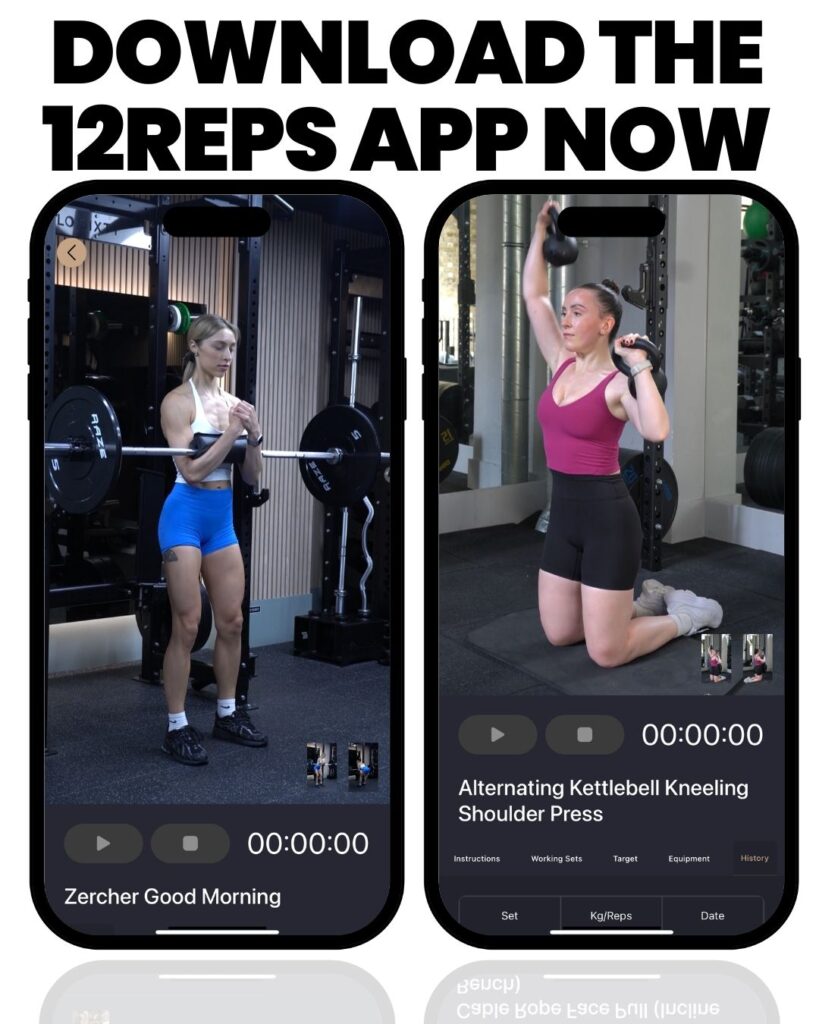
References
[1] Carney, D. R., Cuddy, A. J., & Yap, A. J. (2010). Power Posing: Brief Nonverbal Displays Affect Neuroendocrine Levels and Risk Tolerance. Psychological Science, 21(10), 1363–1368. Retrieved from https://journals.sagepub.com/doi/abs/10.1177/0956797610383437

